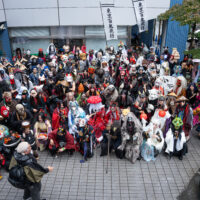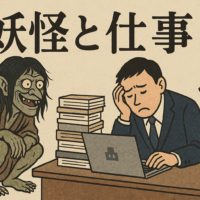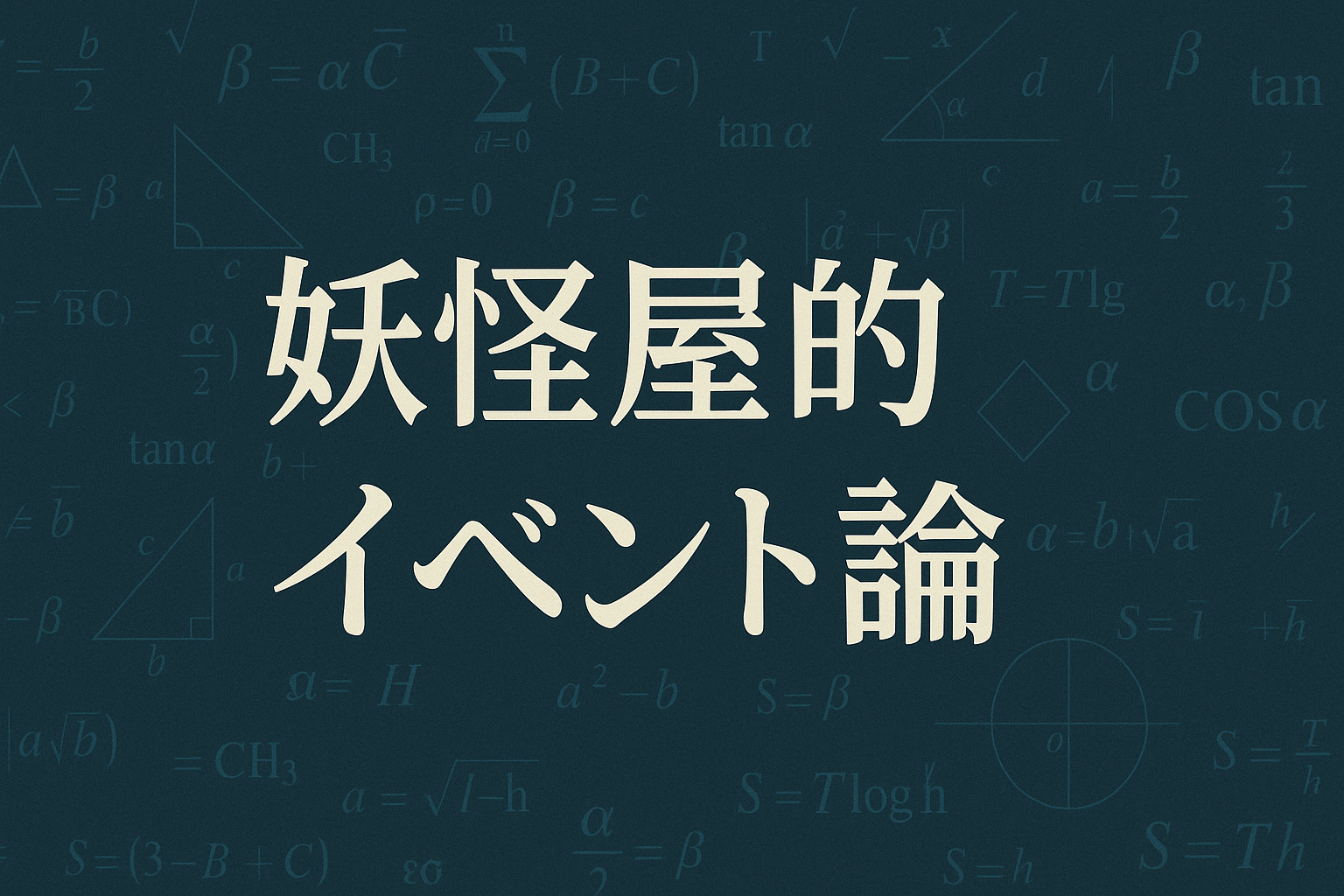
Brown Bear and the Ainu God (Kimun Kamuy)
This year in Hokkaido, there have been many more reports of bear sightings than usual. In August, a brown bear that had been repeatedly spotted in residential areas of Sapporo was shot and killed, resulting in over 300 complaints from outside the city and prefecture.
Even now in September, brown bears have been spotted in Sapporo and nearby areas such as Ebetsu, so we cannot rest easy until they go into hibernation in November or December.
Also, in recent years, due to factors such as the rapid increase in the Hokkaido deer population, food is available even in winter, and as a result, the number of brown bears that do not hibernate is increasing.

By the way, this is the worst animal attack incident in the history of Japan.Tomamae Sankebetsu incidentThis incident also occurred in December, and it is believed that the Sankebetsu brown bear was so large that it had no hole to hibernate in, and so became "hole-less" and aggressive, and because it was not getting enough nutrition it came down to human settlements in search of food.
The Ainu call the brown bear "Kimun Kamui” (= God of the Mountain) and is one of the most representative of the Ainu Kamuy gods.
Bears also appear frequently in the manga "Golden Kamuy," which has been much talked about recently.
The bear said,KamuimoshiriWhen they live in the "world of the gods," they have the same appearance as humans, butAinu MosirIt is said that when they come to "the human world" they wear fur coats and bring large amounts of meat as gifts for humans.
In other words, even if humans hunt bears, they receive souvenirs in the form of fur and meat from the bear, and they perform a ritual for the bear's spirit and send it back to Kamuy Mosir.
What is interesting about the Ainu is that their society is based on gift-giving and exchange with nature (kamuy), rather than on one-sided exploitation.

By the way, gift-giving and exchange takes various forms depending on the culture. A famous example is the "Potlatch" (a ritual in which a totem pole is erected prior to the ceremony and the chief presents property to guests, but the giving gradually escalated and the act of equal exchange increasingly came to be fulfilled by destroying and burning property, leading to the ritual being banned by the US government in the late 19th century) is a notable example.
Returning to the story of the Ainu and the bears, the story of the "Ainu" sending the baby bear back to Kamuy MosirIomante (Iyomante)" is also a famous ritual.
This is an Ainu religious ritual that is often featured as a motif in various manga, anime, and novels, such as "The World is Mine."
The baby bears are precious possessions entrusted to them by their parents, so they are raised with care before being sent off to their parents, who have already returned to Kamui Mosir.
It is said that Iomante is not performed in order to eat the meat of the baby bears, but to entertain them so that when they return to Kamuymosir they will report back on how interesting the human world was, and so that the bears will once again come to the human world as guests.
Here again, it is the spirit of gift-giving and exchange.

Bears who eat humans or do bad things are called evil gods.Wenkamuy"
Instead of simply hunting bears that have become Wenkamuy, the Ainu punish them by not taking their fur or meat, ensuring that they are not sent to Kamuy Mosir, but rather to Teine Pokuna Mosir (damp hell).
In the case of Kimunkamuy, payment was given in the form of fur or meat in return, so that they would be sent to Kamuy Mosir (the world of the gods), but in the case of Wenkamuy, payment was not given and they were sent to Teine Pokuna Mosir, a unique Ainu way of punishing them.
The brown bear that was shot and killed in Sapporo this year had also caused damage to crops and, in some places, livestock such as cows, and had reached the stage where it no longer feared or avoided humans, so it is thought that there was a high possibility that it would eventually attack humans.
In other words, it was only a matter of time before he became a Wenkamuy, and shooting him dead before that happened could be said to be in accordance with the Ainu spirit of gift-giving and exchange.
Photo: Hokkaido Shimbun, Sapporo City website
Text by Keijiro Watanabe
References: "Interpreting 'Golden Kamuy' through Ainu Culture" (Yutaka Nakano, Shueisha Shinsho), "Transformation of the 'Ainu People' in Shiraoi: A Genealogy of the Priestly Functions of Iomante" (Hiromi Nishitani, Toshindo)
■ Keishiro Watanabe (Kei-chan)
Born in Asahikawa, Hokkaido. Graduated from the School of Human Sciences at Waseda University. An independent researcher of monsters.
He currently splits his time between Sapporo, Hokkaido, and Tokyo, and works as a management and IT consultant, but he studied folklore and cultural anthropology at university, and continues to study yokai as his life's work.
I am currently writing articles about monsters associated with Hokkaido, where I currently live, as well as current news about business and economics.
Twitter:https://twitter.com/keishiro_w








No comments yet.